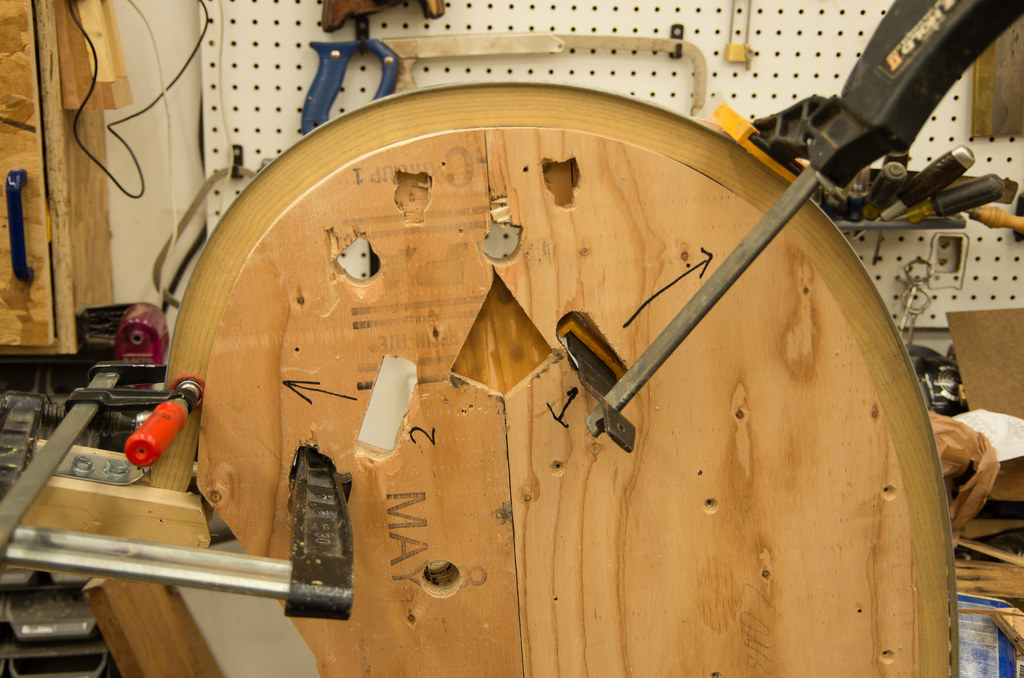slk
Enthusiastic about Wooden Canoes
I have been experimenting with some ash I cut a couple of years ago. Soaked 2 pieces for 2 days and then boiled it for an hour today and both pieces failed. I am trying to remember about the grain. Looking at the end of the board it should be running vertical???Right??? Or should it run horizontal??? The one's I tried today ran horizontal. One other question. Is an hour long enough to boil and is there a too long time in the equation?? I have 3 more stem boards soaking. BTW they are 7/8" thick 2" wide.
Thanks much
Steve
Thanks much
Steve


 IMGC2213
IMGC2213

